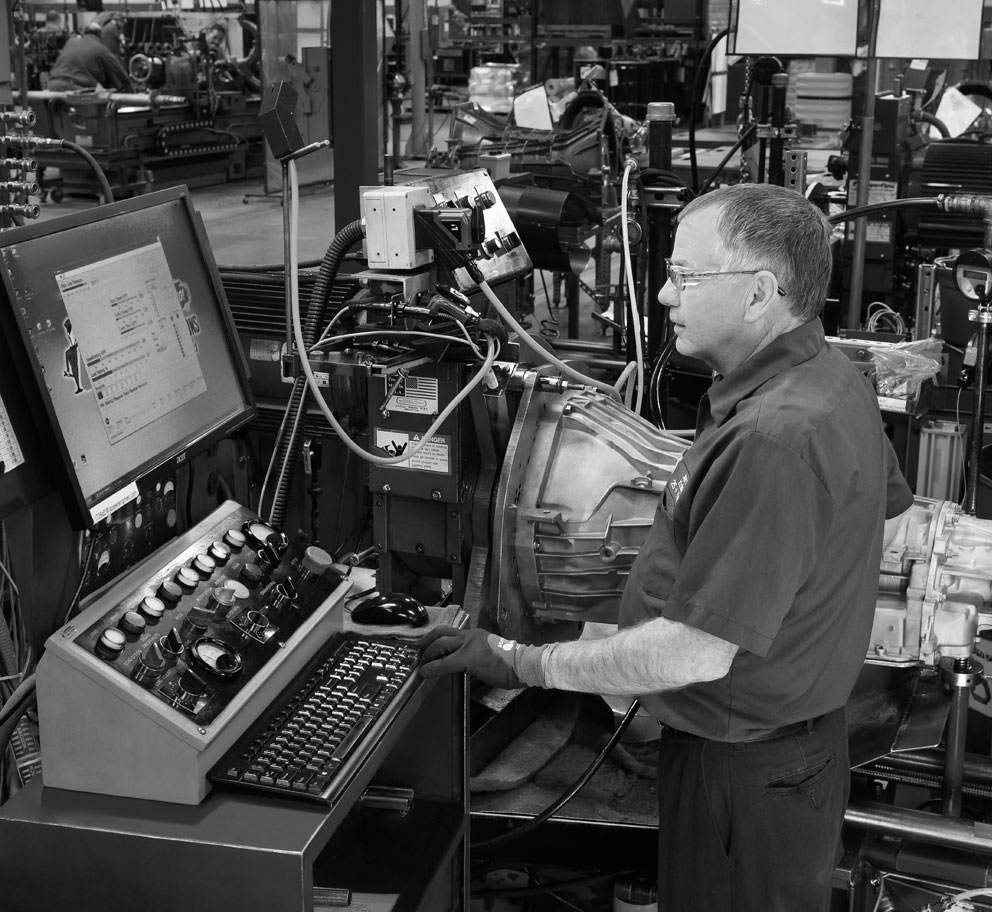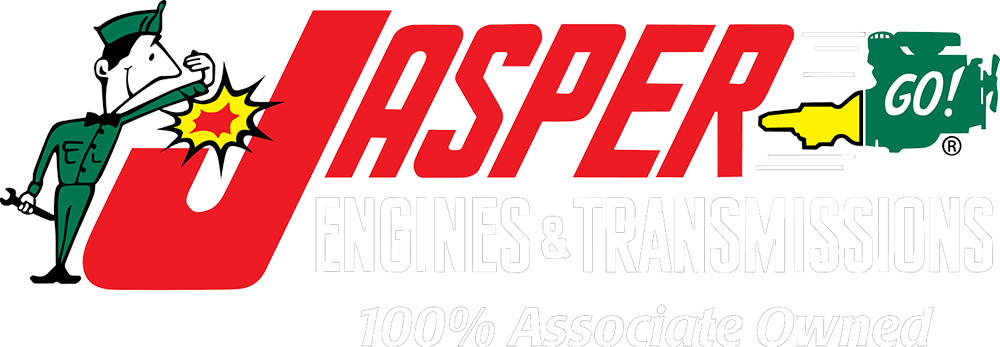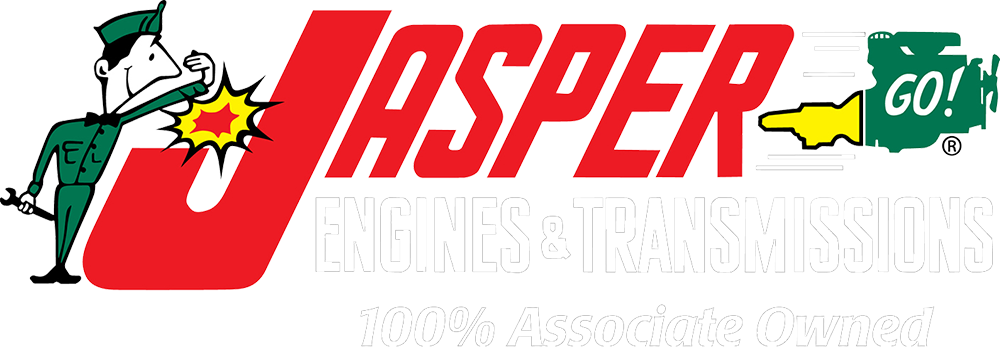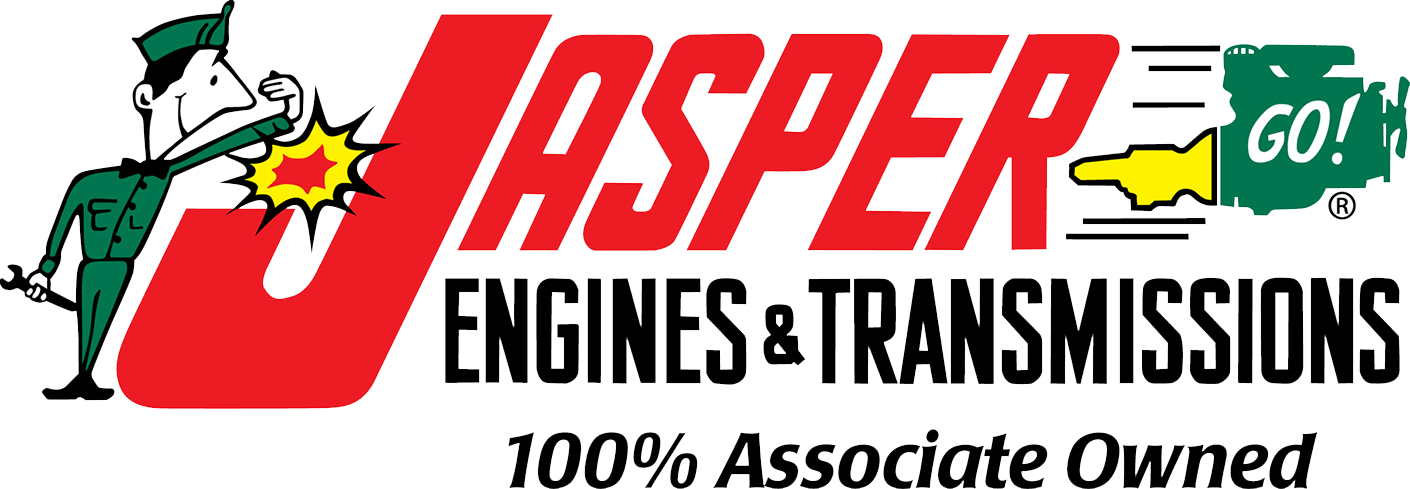Improving And Extending The Life Cycle of Your Fleet
The past few years have dealt a number of blows to the commercial vehicle industry and the fleets it serves. From supply chain disruptions and chip shortages to decreased production capabilities, fleets have been forced to find more and more ways to squeeze as much as they can out of every vehicle and every mile. While proper driver training can keep your fleet running at more optimum levels, the maintenance services your team performs — or outsources — can make a highermileage truck run like a new one. The key to keeping a fleet moving and downtime to a minimum is not only the preventive maintenance services you perform, but also choosing the right time to put a few more dollars into a repair or component replacement. While the costs can be a little higher, the increased miles you can put on each truck makes up for it quickly
IMPROVING VEHICLE LIFE CYCLE
Now that you’ve decided to try to extend your vehicle life cycle, you must determine the best route moving forward. Again, preventive maintenance is the best, first step. A $100 oil change for your truck is a much better way to cut costs than having to perform an engine replacement. Regularly checking engine and drivetrain fluids, as well as keeping an open line of communication with your drivers could save you thousands of dollars. As a first of defense, drivers can usually tell when their trucks are “driving funny” or making an odd sound. When your maintenance techs and your drivers are able to talk about these issues, it cuts down on an odd sound turning into a $4,000 – $5,000 repair. Simple filter replacements and ongoing tire checks can also help keep your fleet running more effectively. A dirty air or fuel filter can cause the engine to lag when your drivers need power, which in turn could affect driver safety. And by keeping your tires properly inflated and the tread at an optimum level, you’ll get better gas mileage and improved vehicle safety
LOOK AT THE DATA
One thing that fleets have an abundance of is data — vehicle mileage, service intervals, telematics, past repair costs, etc. Pooling all this information can help fleet managers determine which vehicles are ready for a replacement and which ones only need an upgrade. You can also determine when best to schedule preventive maintenance services, which can extend the life cycle of your vehicles in a cost-effective manner. From there, the next step is to do a separate analysis of each vehicle, reviewing the vehicle service history, scheduled services, and unexpected repairs, and the cost difference between repairing a vehicle and purchasing a new one. In many cases, performing an engine or other drivetrain repair is more cost effective than trying to quickly replace the vehicle with a new one, especially considering the ongoing new vehicle shortage.
EXTENEDING VEHICLE LIFE CYCLE
Sometimes it’s not as simple as getting the fluids checked or having a tech take the truck around the block for a quick “sound check.” While it’s not ideal, component replacement can extend the life cycle of your fleet by five years or more. An engine swap-out or installing a remanufactured transmission can get your trucks back on the road quicker and performing better than before. Fleets need to start by finding the right parts, whether its stock or custom engines, remanufactured transmissions, differentials, or any other part that fits along the vehicle’s drivetrain. Spending a little more for a guaranteed part can save you time, money, and headaches, while also reducing the risks of a component failure down the road.
INHOUSE VS. OUTSOURCED REPAIRS
Now comes the decision on where to have the repairs performed. While many fleets have experienced, knowledgeable maintenance teams, they can get busy just keeping the preventive maintenance services running smoothly, as well as the unplanned vehicle breakdowns that seem to pop up when you have the least amount of time to handle them. The ongoing technician shortage has also put a dent in many fleets’ maintenance teams, leaving them in a lurch at the worst time imaginable. There are a number of maintenance and repair service providers that offer a dedicated team of professionals to make sure your fleet is on the road and performing their jobs on time and as efficiently as possible. Before choosing one, do your homework. Determine which ones have available locations in your area, provide the services you require, use quality parts and components, and offer guarantees on any and all services. Ask for a handful of local clients that you can reach out to for their experiences with the service provider. No one knows the pains you are going through better than a fellow fleet manager.
THE JASPER FLEET INSTALLER PROGRAM
Developed to provide an additional tool for both fleet customers and business partners that specialize in keeping fleet vehicles on the road, the JASPER Fleet Installer Program instills confidence by offering high-quality remanufactured gas and diesel engines, transmissions, differentials, and air and fuel components. The lack of qualified technicians and the wave of increasingly advanced vehicles is leading many fleets to close their in-house repair facilities and search for an alternative to having their fleets serviced, which is not easy. The void created by this trend presented a need for the JASPER Fleet Installer Program. Through the use of certified and approved fleet installers throughout the country, the program offers fleets a multitude of vehicle services, from engine or transmission installation, to oil changes, tire replacement, and general preventative maintenance. Over the past two years, the program has grown to more than 1,100 approved business partners that are ready to work with both JASPER and its fleet customers to keep their vehicles on the road.




